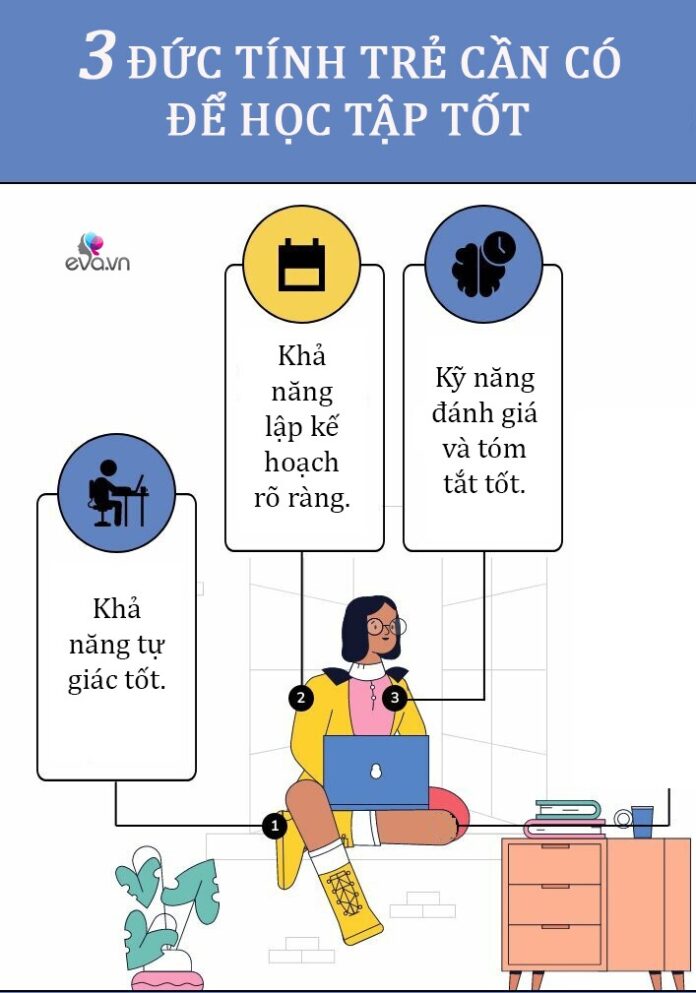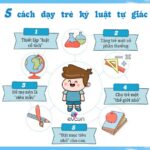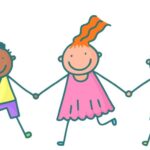Having these three points at the same time will open the doors to university wider and more firmly than ever.
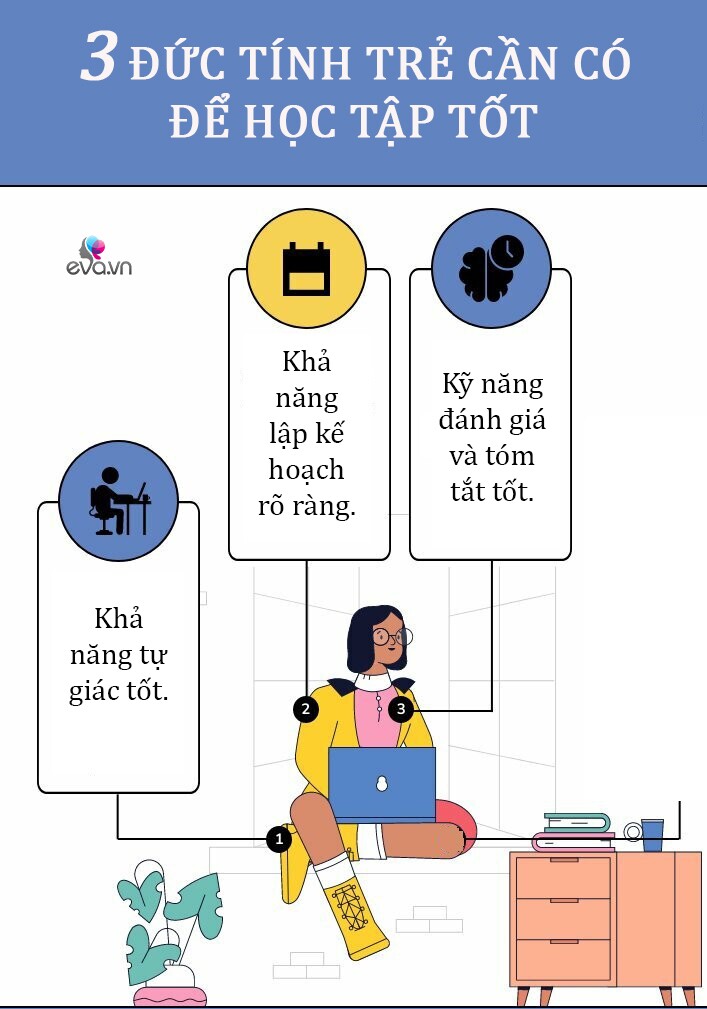

Strong Self-Discipline
Self-discipline refers to the ability to control one’s emotions, words, and actions. This is an important quality for character formation and will determine a child’s future success.
In the marshmallow experiment, children who could resist eating the treat in front of them for five minutes to get a second one displayed higher self-discipline and long-term compliance.
Research shows that such children tend to achieve higher academic performance as they grow up. This proves that self-discipline impacts short-term behavior and has long-term effects on character development and learning.

In the context of learning, children with weak self-discipline often struggle to pay attention in class and may sneakily play on their phones when doing homework. On the other hand, children with strong self-discipline will display better study habits, quickly absorb information, and easily master and apply knowledge in practical situations.
The stronger the coordination between a child’s brain and body, the higher their self-discipline. Studies indicate that children with synchronized thinking and action tend to be more persistent in achieving their goals.
This development can be stimulated through physical activities, arts, and games that require focus and patience.
However, this does not mean that parents should impose excessive control. Instead, create a safe space for children to fail and learn from their mistakes. Help them understand that imperfection is a natural part of the learning process.

Clear Planning Skills
A basic condition for academic excellence is a clear self-understanding, including awareness of one’s learning progress, academic abilities, subject weaknesses, and personal learning style. This self-awareness helps children identify their strengths and areas for improvement.
To gain this understanding, children need to develop a clear and systematic learning plan. This plan should follow the SMART principle:
S (Specific): The more specific and clear the goal, the better. Children should not set vague goals like “doing well” but rather define concrete objectives, such as “increasing my math grade to an 8 on the next term exam.”
M (Measurable): The completion of the plan should be measurable. This can be done through periodic tests or homework, allowing children to evaluate their progress.
A (Achievable): Goals should be based on one’s abilities and strengths and attainable through hard work. If a child knows they excel in math, setting specific goals in this area will boost their motivation to learn.
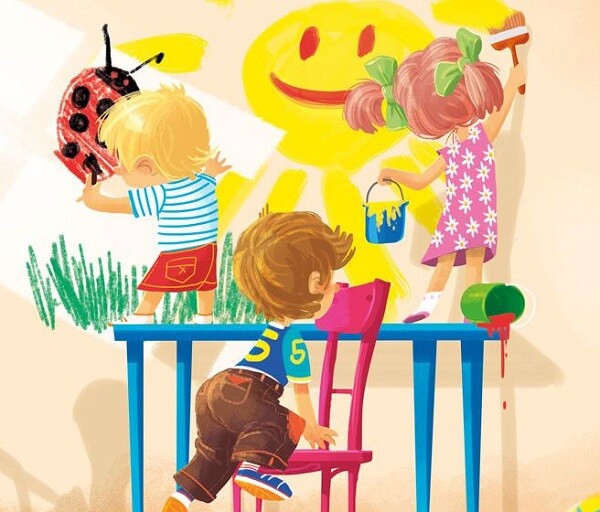
R (Relevant): Children should choose goals that are most beneficial to them in the present stage of their development. This means considering what is most important for their growth and focusing on the necessary areas.
T (Time-bound): When setting goals, children need to have a clear deadline. This maintains motivation and creates a sense of urgency to take action.
With a plan based on self-understanding, children are set up for academic success. When they know their strengths and weaknesses, they can find the most suitable learning methods, optimizing their time and effort in studying.

Excellent Review and Summary Skills
Learning is not a short-term project but a long and continuous journey. Apart from a few naturally gifted students, most children gradually improve their performance over time. Nonstop efforts, persistence, and discipline in learning will lead to positive outcomes.
Reviewing and summarizing are essential in the learning process. Summarizing knowledge helps children rebuild what they’ve learned, identify weaknesses, and reinforce their understanding.
Children with strong review and summary skills may not be top performers at present, but they have the potential to make remarkable progress in the future. This process involves memorizing information and deep thinking, enabling children to identify problems and find corresponding solutions. It’s an active learning method where children actively explore and connect ideas.
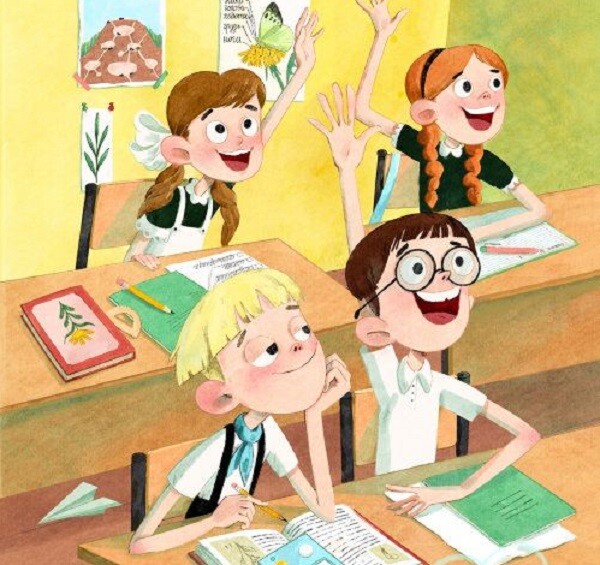
Additionally, reviewing is a conscious learning process. When children review, they engage in an internal dialogue, asking themselves questions and seeking answers. They learn to view issues from multiple perspectives and develop independent thinking.
The ultimate goal of reviewing is to significantly enhance learning effectiveness. When children know how to review effectively, they will remember more, apply knowledge to real-life situations, and tackle complex problems or stressful exams with greater ease.

























